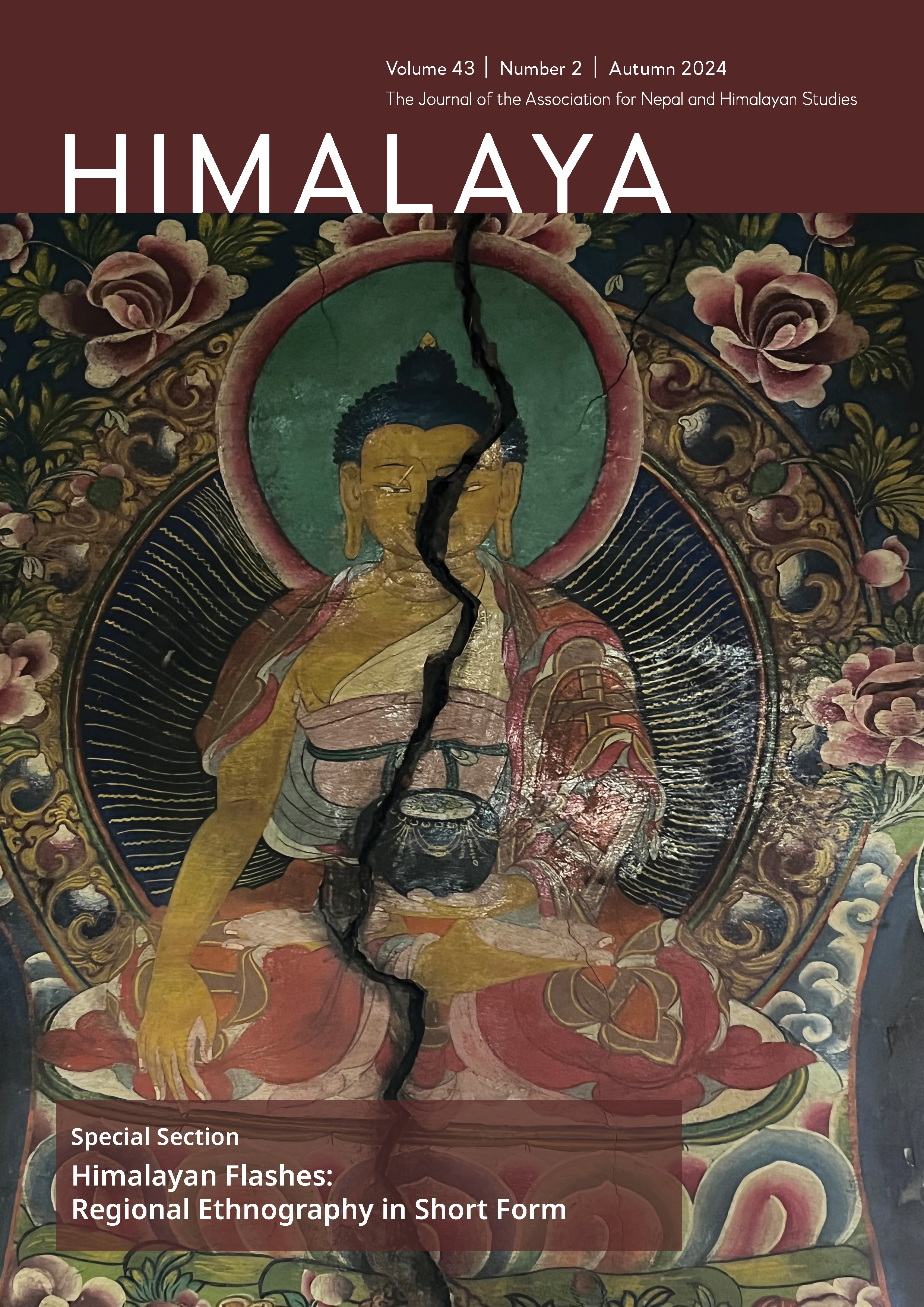Examining the ‘feminization of agriculture’ in a mixed-farming system in Sindhuli District, Nepal
DOI:
https://doi.org/10.2218/himalaya.2024.8123Palabras clave:
Feminization of agriculture, division of labor, agrarian transition, ethnography, NepalResumen
This paper aims to explore the feminization of agriculture amidst the agrarian transition from cereal to citrus crops in Sindhuli district. Multiple ethnographic field studies in citrus-producing areas have been used to present the conceptual debate and empirical findings on the feminization of agriculture in a mixed-farming system. The paper highlights changing labor arrangements for household labor, exchange labor, and wage labor in agriculture and presents the nature of the agricultural work conducted by men and women. The paper argues that cash crop farming has resulted in a gendered hierarchy in agriculture, with men primarily occupied with skill-based work in high-value citrus crops, while women’s engagement is mainly limited to subsistence farming and menial agricultural tasks. However, some women directly benefit at the household level because of their involvement in citrus production. The study shows that gender-based inequalities in labor use have the power to reinforce and intensify the existing gender roles that render women subordinate. However, women choose their work based on its importance for household food security. The paper portrays four categories of feminization, namely feminization of labor vis-à-vis managerial feminization, feminization of labor categories such as household, exchange, and wage labor, and feminization of particular crop/livestock and subsistence/commercial farming. The study concludes that feminization varies based on the degree of crop marketability.
Descargas
Publicado
Cómo citar
Número
Sección
Licencia
Derechos de autor 2024 Hritika Rana

Esta obra está bajo una licencia internacional Creative Commons Atribución-NoComercial-SinDerivadas 4.0.
Please read our Open Access, Copyright and Permissions policies for more information.




